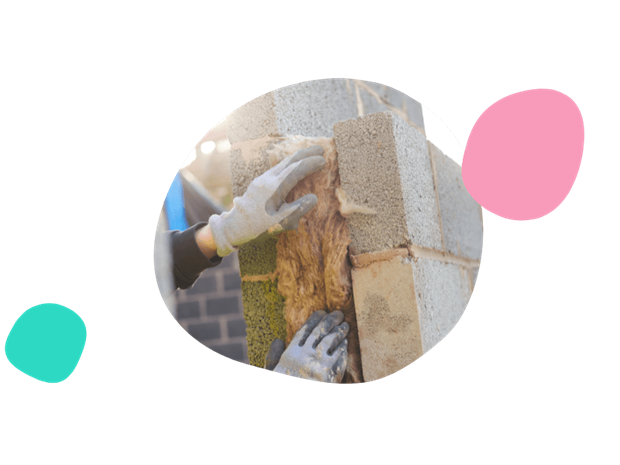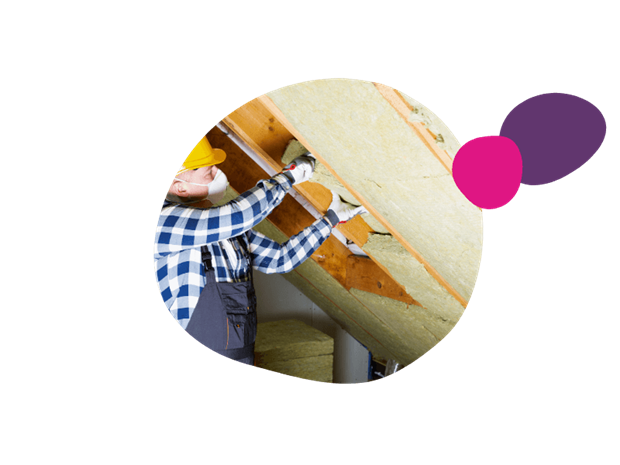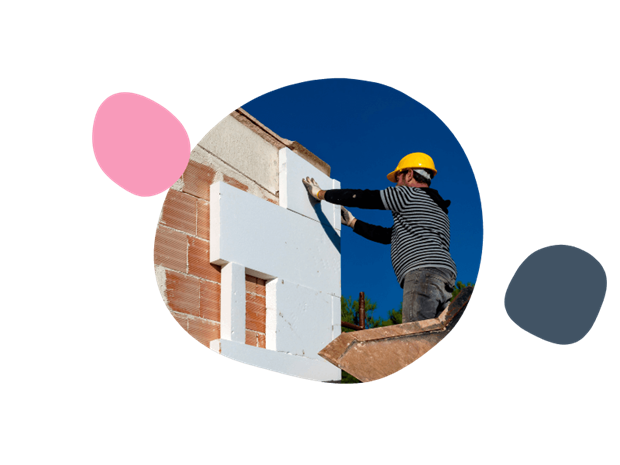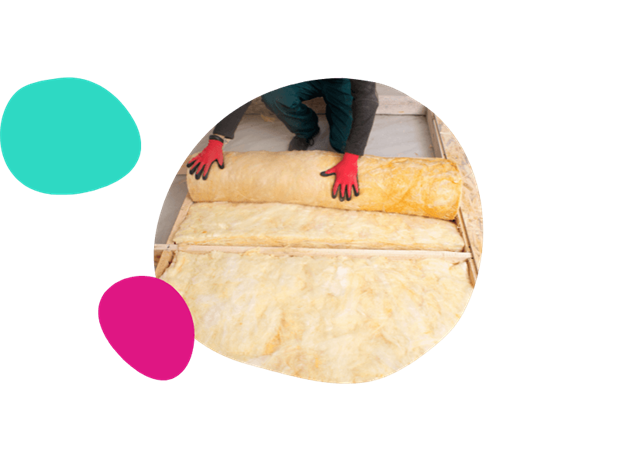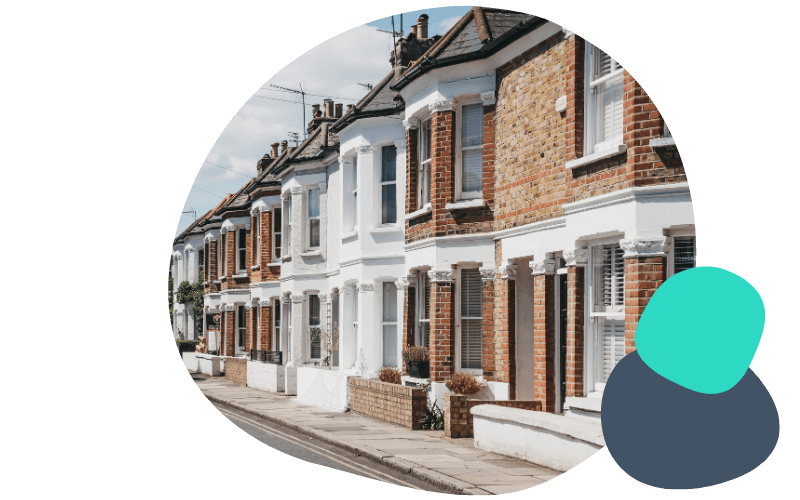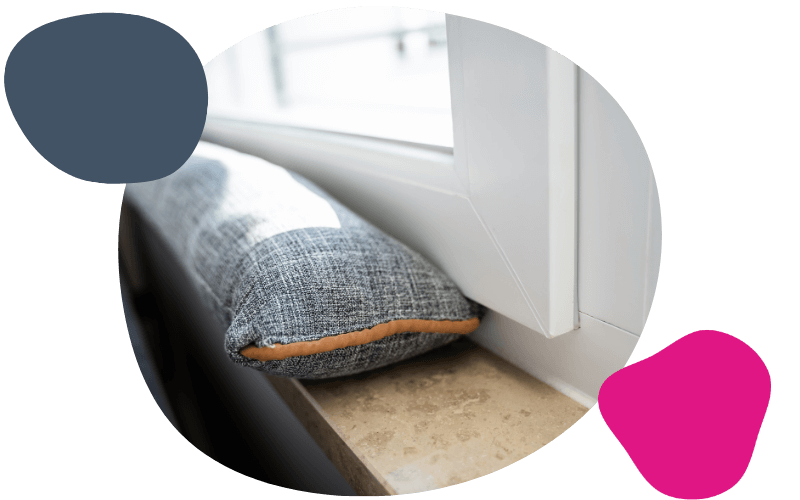Important Considerations for Older Homes
While great for energy efficiency, insulating older homes requires some special considerations:
Ventilation: Proper ventilation is crucial to prevent moisture build-up and potential mould growth. Discuss ventilation strategies with a qualified installer.
Listed Buildings: If you live in a listed building, there might be restrictions on insulation options. Seek guidance from a conservation officer before proceeding.
Breathable insulation for old homes: To limit the risk of damp and moisture build-up, the best cavity wall insulation for older houses is mineral wool or Sheep's wool.
